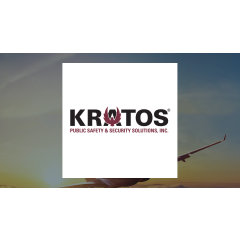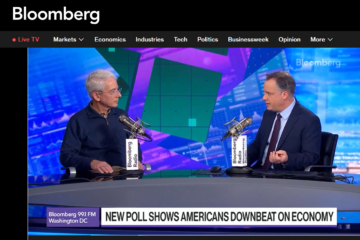UPDATE: A groundbreaking EY survey has just revealed that a staggering 64% of employees globally feel their workload has surged over the past year, highlighting a growing crisis in workplace productivity. This urgent finding comes from a study involving 15,000 workers across 29 countries, published earlier this month.
As companies increasingly integrate artificial intelligence (AI) into daily operations, the pressure is mounting. 88% of respondents are now utilizing AI tools at work, primarily for basic tasks such as document summarization and search functions. However, this has not translated into increased productivity, leading to what experts are calling a ‘productivity paradox.’
According to Kim Billeter, EY’s global people consulting leader, while AI adoption is widespread, it often creates more confusion than clarity. “Our research does not show that AI is actually increasing workloads,” she explained. Instead, anxiety over AI’s impact on job security and skill relevance adds to the stress many employees feel.
Billeter stated, “That mix of pressure, uncertainty, and fear of falling behind has left many feeling stretched thin.” Many employees are expected to continuously learn new skills while managing their existing responsibilities, further contributing to feelings of overwhelm.
The survey also highlights a troubling trend: economic pressures are driving a “do more with less” mentality, where fewer employees are assigned more tasks. This shift towards skill-based models requires constant learning, complicating the work landscape for many.
Moreover, employees have expressed frustration over an influx of AI-generated content, often termed “workslop.” This term refers to low-quality AI outputs that clutter workflows, forcing employees to sift through irrelevant information to extract valuable insights.
Despite the prevalence of AI in workplaces, only 5% of those surveyed identified as advanced users capable of leveraging multiple AI tools effectively. EY believes that companies are missing out on 40% of potential productivity gains by failing to adopt a comprehensive AI strategy.
To address these workload challenges and navigate the productivity paradox, Billeter emphasizes the importance of focusing on the human aspects of AI adoption. “Gaining an AI advantage is inextricably connected to the talent foundation,” she affirmed.
EY has identified five critical areas, dubbed the “Talent Advantage,” that businesses should prioritize alongside AI investments: AI adoption excellence, continuous learning, talent health, organizational culture, and reward structures. Billeter noted, “Simply investing in technology is not enough. The AI era demands the ability to build strong human foundations and advanced technology in a synchronized and integrated fashion to unlock meaningful transformation in the workforce.”
As organizations grapple with these new realities, the urgency for solutions is clear. Employees are calling for better training and integration of AI to alleviate the pressures they face daily.
Stay tuned for further updates as this situation continues to develop.



































































